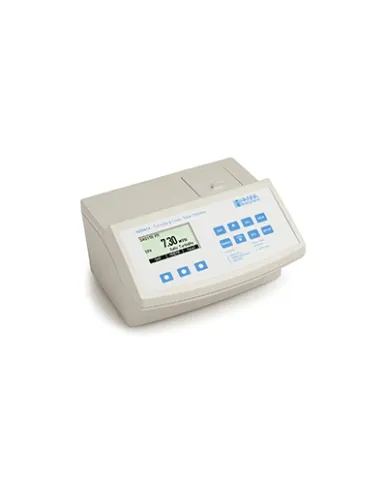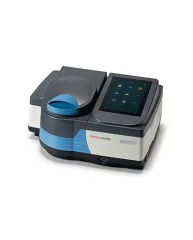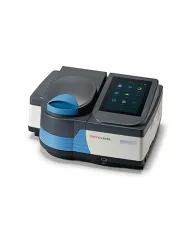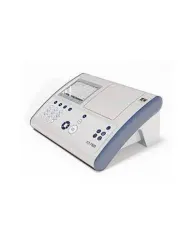Product

Benchtop EPA Compliant Turbidity and Chlorine Meter - Hanna Hi83414
Category :
Water Analysis
Water Analysis
Price :
Rp.79.100.000
More From Water Analysis
Spectophotometers for Water and Waste Water Analysis – Thermo Fischer Orion AquaMate 7100
Thermo Scientific™ Orion™ AquaMate™ 7100 Visible and 8100 UV-Visible Spectrophotometers are designed to meet the specific needs of water and waste water analysis laboratories. Spectrophotometers include over 260 preprogrammed methods for easy and convenient measurements using Thermo Scientific™ Orion™ AQUAfast™, Merck, and CHEMetrics reagents. All preprogrammed methods are preloaded on the included USB memory stick to allow operators to add or remove methods as desired. Custom methods using the standard curve function can be uploaded through the USB, making it possible for most colorimetric reagents to be used. Making it possible for most colorimetric reagents to be used.
Rp.132.400.000
See DetailsSpectophotometers for Water and Waste Water Analysis – Thermo Fischer Orion AquaMate 8100
Thermo Scientific™ Orion™ AquaMate™ 7100 Visible and 8100 UV-Visible Spectrophotometers are designed to meet the specific needs of water and waste water analysis laboratories. Spectrophotometers include over 260 preprogrammed methods for easy and convenient measurements using Thermo Scientific™ Orion™ AQUAfast™, Merck, and CHEMetrics reagents. All preprogrammed methods are preloaded on the included USB memory stick to allow operators to add or remove methods as desired. Custom methods using the standard curve function can be uploaded through the USB, making it possible for most colorimetric reagents to be used. Making it possible for most colorimetric reagents to be used.
Rp.230.000.000
See DetailsVis Spectrophotometer - Lovibond XD7000
The XD series instruments are ideal for routine and spectral analy sis. As true all-rounders, the XD 7000 and XD 7500 facilitate work rou tines, especially with automatic method recognition using barcodes, automatic cell recognition and more than 150 pre-programmed meth ods. In addition to analytical quality control, they also support Good Labor Practice (GLP). The instruments are available together with bar-coded test tubes and a wide range of accessories from a single source - which is also easy on your wallet. High-quality reference beam optics, usability, easy handling and multilingual global applica bility round off the versatility of the VIS and UV/VIS spectrophotome ters, which are also equipped for flexible on-site use
Rp.182.400.000
See Details



